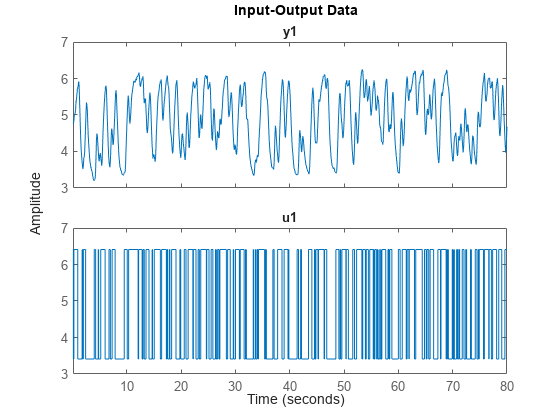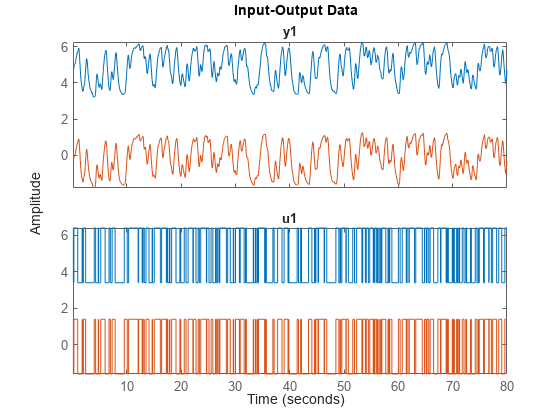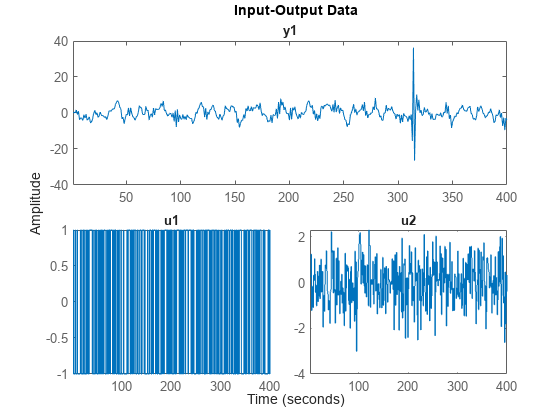getTrend
Create trend information object to store offset, mean, and trend information for
time-domain signals stored in iddata object
Description
T = getTrend(data)TrendInfo object to store offset, mean, or linear trend
information for detrending or retrending data. You can assign specific offset and slope
values to T. You can then apply the trend information in
T to either data or to other iddata objects by using detrend or retrend.
T = getTrend(data,0)InputOffset and
OutputOffset properties of T, respectively.
T = getTrend(data,1)T. The following code represents the straight
line:
ULine = Tr.InputOffset + (time-t0)*Tr.InputSlope YLine = Tr.OutputOffset + (time-t0)*Tr.OutputSlope
time is equal to Z.SamplingInstants and
t0 is equal to data.Tstart.Examples
Input Arguments
Output Arguments
Version History
Introduced in R2009a




